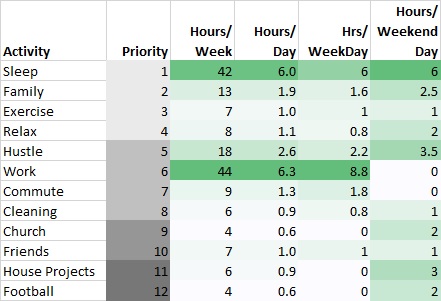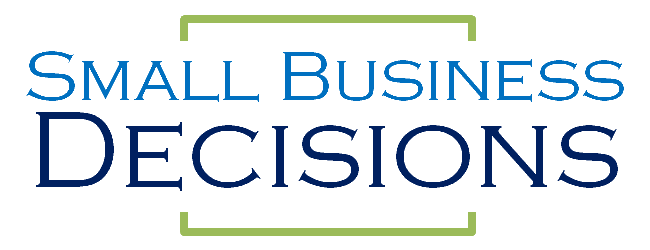To be more productive, and plan for better habits, architect your time so that you can focus on one thing at a time. We all have a bad habit of letting our email inbox set our daily schedule. To the point where most people don’t think that’s a bad thing. It is terrible.
I’ll walk through a tool that helps to make an overall plan for the major buckets of tasks that you repeat every week. This should help you set better habits with your time.
Turn off email notifications
It’s amazing how distracting notifications are. On your phone and on your computer. It’s like someone tapping you on the shoulder every three minutes.
Make the madness stop!
Each new email causes you to switch context, which costs you time and mental energy. But we falsely feel productive because our brains are working. Yes, they’re working, but on uploading and downloading the context of the new topic, not on actual value-added thinking.
If you’re not constantly checking emails anymore, then you need to set aside specific times that you are going to check and respond to emails. The most successful version of this I have seen is twice a day. Once late morning, and once early afternoon. This also guarantees you actually set aside time in your day to answer emails.
This is hard to do.
We’re trained to think that answering emails is effective and productive. It is, but not necessarily in the way we do it.
Bucket your tasks with time architecture
If we architect every hour of the week into a specific time of day for each type of task. It is amazing how much time we actually have control of.
I have three major functions that I am responsible for at work. Luckily I can segment my days so that I focus on one of those tasks for an entire day. Without this focus, I would let the function that is the most urgent take up all my time and feel busy, but never getting ahead on the critical tasks.
I set up 11 buckets in 4 priority levels and planned out every hour of the week, and then did this again for every hour of the workweek.
I am amazed at how much time I actually have in a week if I can set up a habit to keep to a schedule.
Use Excel to architect your week:
I built a tool for my subscribers:
Time Architecture Worksheet Download
The tool has a tab for the full week, workweek, and hustle week. Have an overall plan and then another more detailed level for your major categories.
Bucketing your tasks lets you stay focused on one thing at a time. It lets you avoid switching to another task by saying: “I have time set aside for that on Thursday” so you avoid trying to do two things at once.
Analyze planned time vs priority
Once you’ve planned your week. Take a look at how many hours you have for each of your tasks.

Did you put a realistic amount of time for sleep? Did you include real-life tasks like house projects, cleaning, and watching football?
Do a weekly planning session
Set aside an hour or so every Monday morning to plan the 3 major goals for the week. Then plan the specific tasks that you will accomplish each day according to the times you architected.
Experiment to find what works for you
Try some of these out. If it doesn’t work for you. Make a change and try again. You have to have some sort of process to start with in order to improve that process.

